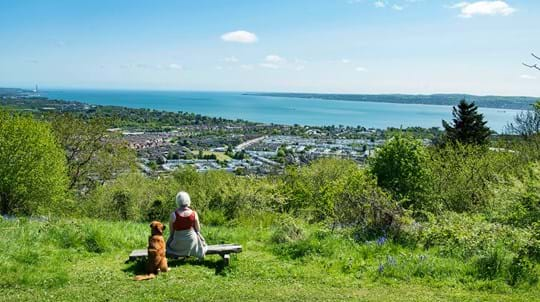
Protecting trees and woods
What urban trees do for us
They green our cities. They clean our air. They fight the effects of climate. They even increase property values. Find out what they do for people, wildlife and the economy.

Digital content editor
In a busy world, it is important to stop and give yourself time to recuperate from stress and strain. Explore mindfulness and how you can realise positive health benefits in the company of trees.
Our bodies are adapted to dealing with stressful situations by releasing hormones such as cortisol and adrenaline. These hormones are useful in dangerous situations, where a fight or flight action is required. A prolonged release of these hormones can take its toll on your health, so it is beneficial to find a way to reduce them and maintain a healthy balance in life. Combining mindfulness and woodlands is a great way to achieve this! Here are eight tips to find inner calm in nature.
Lots of the answers lie in nature.
Referred to as 'sati' in the Pali language, mindfulness dates back to over 2,500 years ago when it was used by Buddha.
Mindfulness is about being present in the moment. It is a way of being, letting be, and letting go. According to Buddhist tradition, Buddha sat under the Bodhi tree, commonly known as the sacred fig (Ficus religiosa), to gain enlightenment. This is unsurprising given what we know today about the benefits of being outside and with trees. Spending time in nature can substantially improve our health and wellbeing and create a positive interaction with others.
minutes of sunlight
has a positive impact on your immune system. Don't forget your sun cream!
The pandemic highlighted the importance of green spaces, especially for those in urban areas. People actively used woods to maintain a normal life and viewed them as an important extension to their homes, providing a great place for social interaction and exercise. Woodlands can provide an escape from distractions and give you the space to take in the smells and sounds of nature, and take a big, restorative breath of fresh air.
Take a journey through a new woodland near you and visit ancient woods for an extra boost of wellbeing. We provide good access to urban and rural woods, the majority of which are managed to offer facilities and walking networks for a range of abilities. Find a wood near you.
If you can, take a break, switch off any devices, and visit a wood or green space. Just enjoy the little things: smells, sights, sounds, and feelings.
Researchers found that 90% of people report that the sensory experiences of being in a woodland and seeing its wildlife positively impact their wellbeing. As you move through a natural environment all your senses can be actively involved in creating an overall sense of wellbeing. Here's how:
Achieve a wellbeing buzz while doing something great for the environment and meeting like-minded people. If you are passionate about woodlands, we offer tree planting events and a range of workshops throughout the year, giving you the skills for the long term. We also have volunteering opportunities - you can choose the one that suits you - so that you can be at one with nature.
On my first day volunteering at Smithills Estate, I had a massive feeling of freedom and relief. I looked down on the town from the hill, on all my obstacles and anxieties, and knew that up there, I was safe.
Help everyone to access woodlands and trees, and the many benefits they impart. Where possible, urge your local MP to support tree planting in urban and rural areas, for the pursuit of long-term wellbeing and mindfulness for all.
You could make a difference by finding the Tree Equity Score for your area and using it to help improve green spaces where you live.
of people in the UK live in urban areas
The outdoors provides everyone a chance to benefit from nature, regardless of where you are, whether you've got acres on your doorstep, a small garden suitable for small trees, or just a balcony or window box perfect for sowing wildflower seedballs.
Plant up your outdoor space and encourage wildlife such as butterflies and bees to visit, so that you can happily watch them while relaxing among the flowers. You may also want to bring nature into your home, as indoor plants can alleviate stress, make you more alert and improve air quality. Top tips to achieve this:
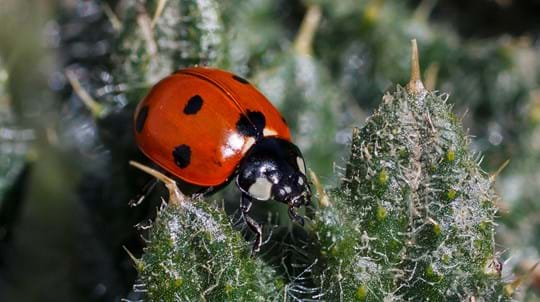
Blog
Charlie Mellor • 16 Apr 2024
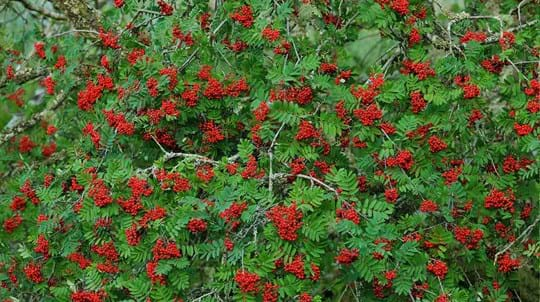
Blog
Charlie Mellor • 20 Sep 2024
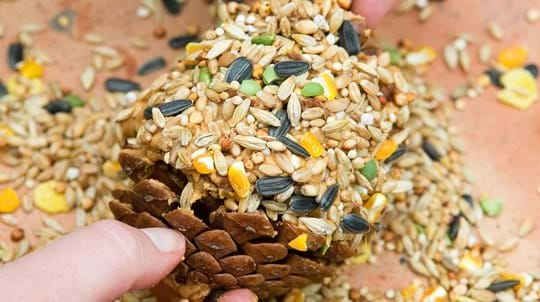
Blog
Amy Lewis • 15 Jan 2019
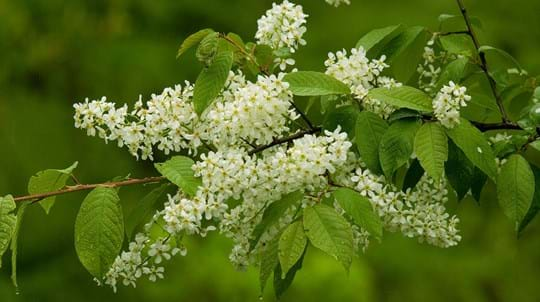
Blog
Helen Keating • 08 Nov 2021
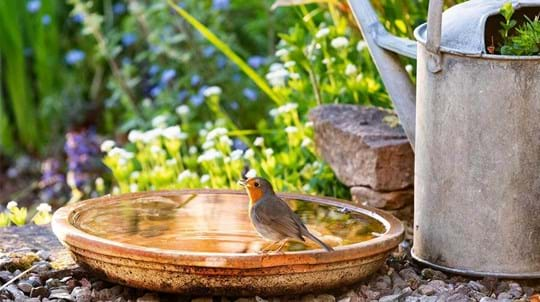
Blog
Hannah Vickers • 22 Jul 2020

Blog
Charlie Mellor • 26 Jun 2020
Throughout our lives we find ourselves trying to combat the daily pressures of life. These can be, for example, exams, work pressures, and emotional strain. Learning how to relieve pressure at an early age can hold us in good stead for life, with exercise being a reliable tool for creating physical and psychological wellbeing. A short break away from your surroundings and a regular walk can do you the world of good.
We used to be good walkers, and Keith is still very mobile. The moment we’re out on the trail with the other walkers he relaxes, smiling and chatting.
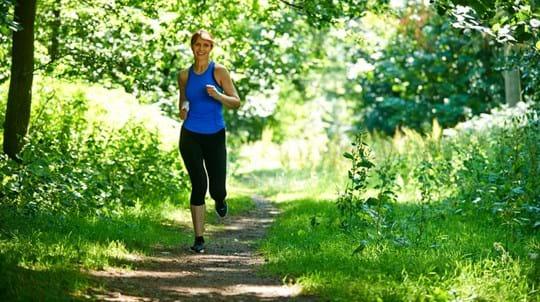
Blog
Hannah Vickers • 14 Jan 2019
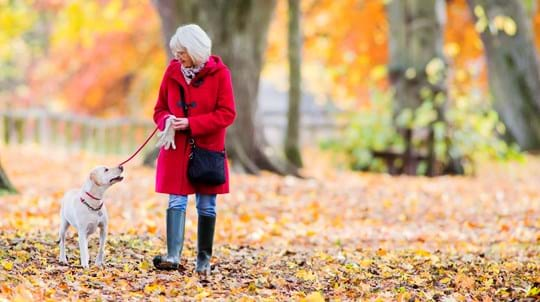
Blog
Charlie Mellor • 05 Aug 2020
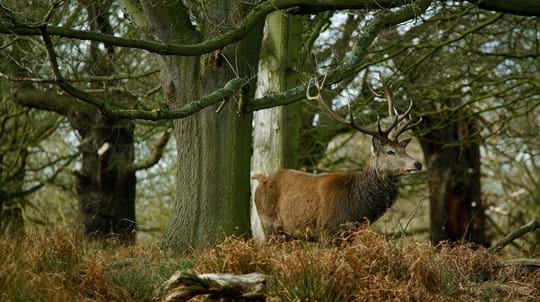
Blog
James Martin • 28 Jan 2019
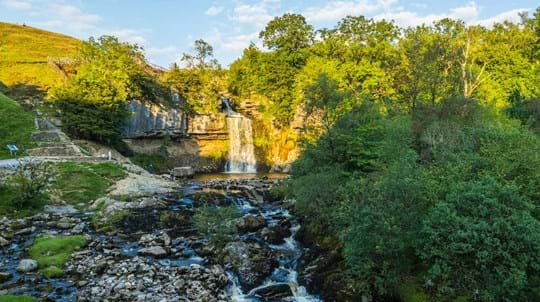
Blog
Charlie Mellor • 15 Jan 2021

Blog
Charlie Mellor • 15 Jul 2022
Shinrinyoku means 'absorbing the forest atmosphere' and commenced life in 1980s Japan, where it was used to reduce stress in workers.
Shinrinyoku or forest bathing is an intentional visit to woodland to restore balance. Our woods are there to provide a haven for wildlife and plants, and to provide a space for you to relax and enjoy your environment. Forest bathing can improve heart rate, immune response, blood pressure and depression.
Plan a time, without interruption, that you can visit a woodland. Once there take your time and find a space that you can connect with. Stand, sit, lay down, or lean against a tree.
Make sure you are comfortable to allow yourself the freedom to reconnect with nature. Once you are ready, focus on the moment.
In the summer its leaves murmur and shiver in the breeze. In the winter the leafless branches let through a dappled sun. I love to sit under this tree all year through.
Natural environments like woodlands have been shown to be of benefit to the cognitive development of children. Encouraging them to take a break and explore the outside world will help them in the long term. This will encourage children to focus when they need to and give them the freedom to explore the natural world, creating a long-term lifestyle change that will give them tools to cope with stress.
Teaching children about the great outdoors is one of the most wonderful experiences you can have. Nothing compares to seeing the delight in a young person's eyes as they learn something new. If you don't have children of your own, then a local school may welcome volunteers who want to establish an outdoor teaching space with the help of our free tree packs.
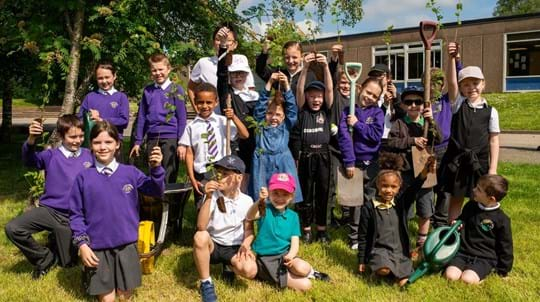
Plant trees
We want to make sure everyone in the UK has the chance to plant a tree. So we’re giving away hundreds of thousands of trees to schools and communities.
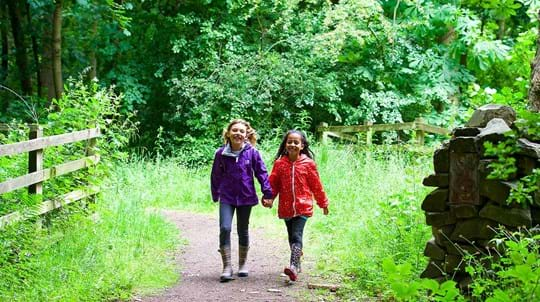
Support us
Use the power of nature to boost the health of your students.
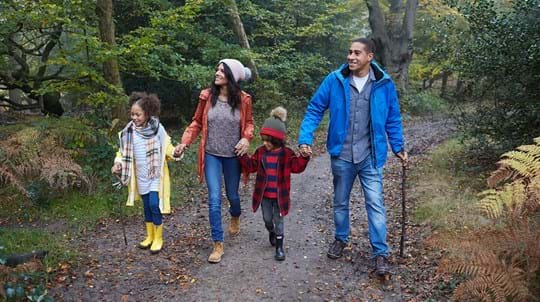
Visiting woods
Spot wildlife. Craft with nature. Go on scavenger hunts. We've got plenty of ideas to help families enjoy woods all year round.
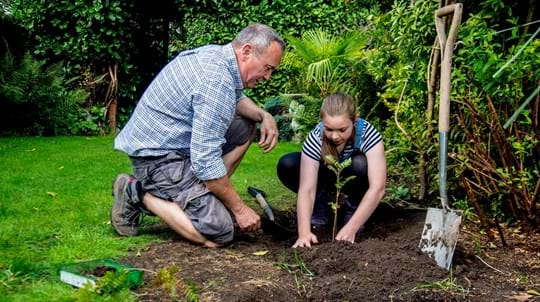
Blog
Rachel Hoskins • 06 Jan 2020
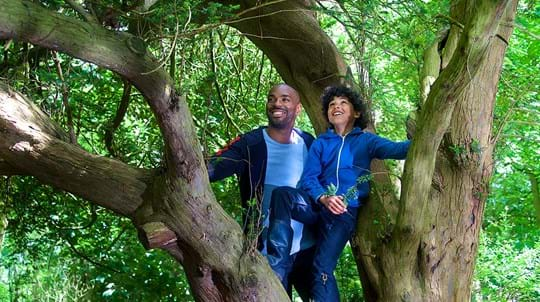
Blog
Danielle Wesley • 21 Jul 2022

Blog
Danielle Wesley • 02 Aug 2023

We look after more than a thousand woods across the UK. They're open and free for you to explore.
Visit a wood near you